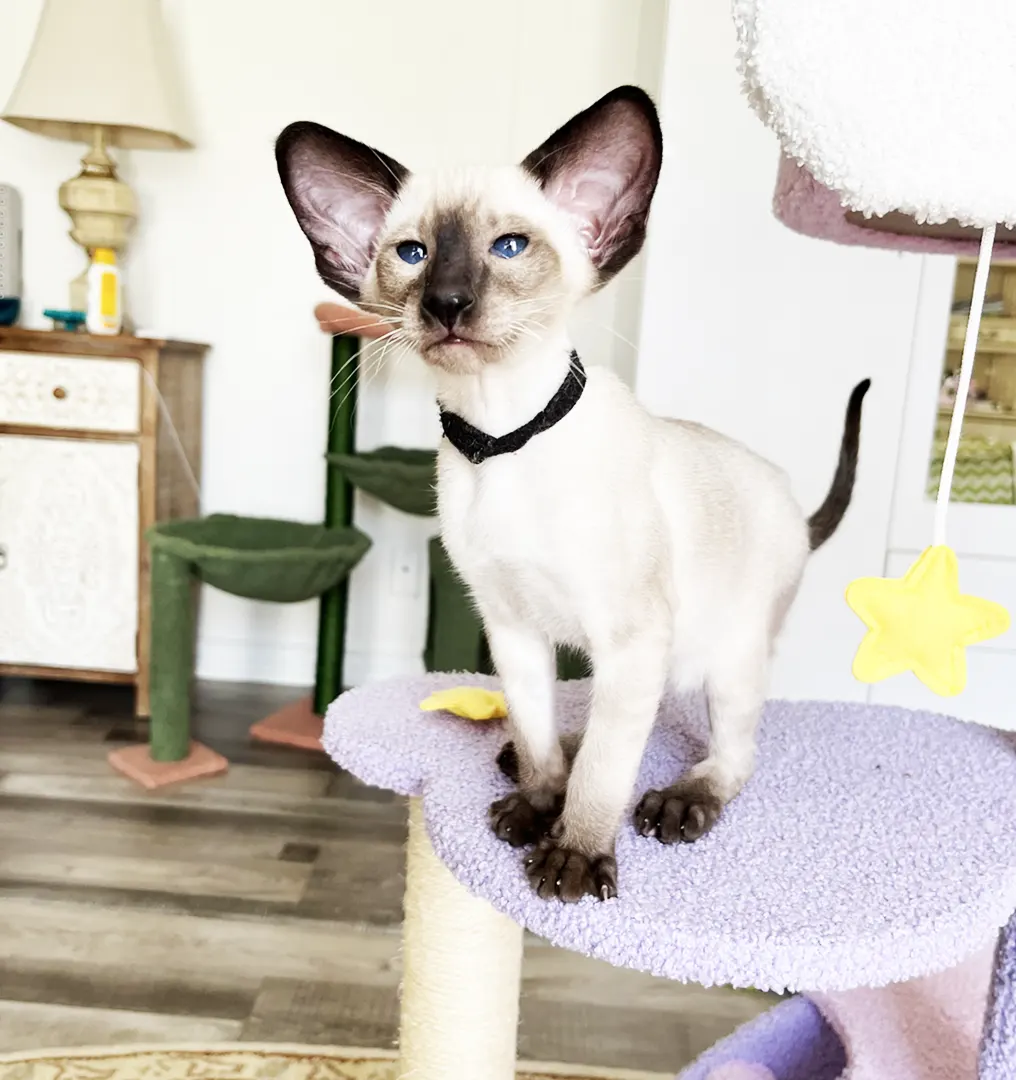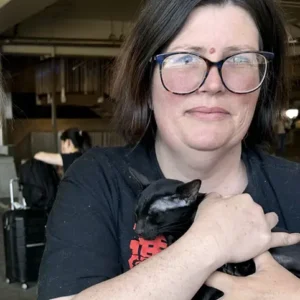There are several options available for shipping kittens to their new homes.
From the point of view of genetics, Oriental and Siamese cats distinguish 1 gene – “C” dominant (gene for complete body coloration in Orientals) and recessive “cs” (gene for Siamese color). How do these genes work? In the presence of the “C” gene, the pigment is distributed equally to each hair throughout the cat’s body, and then the cat has a color tone of the same saturation everywhere – on the face, and on the back, and on the legs.
Under the influence of the “cs” gene, the color pigment penetrates only those hairs that are in the cold zone of the cat’s body (after all, the ears, muzzle, paws, and tail are always colder than the body of a cat). And where the body temperature of the cat is high enough, the “cs” gene inhibits the active penetration of pigment into the hairs. Therefore, the main tone of the Siamese color is not white, but a lighter color corresponding to the color of the points. If the cat’s muzzle is brown, then the body will be fawn, and if the muzzle is red, then the body color will be a warm white-cream shade, etc.
Gene “cs” is recessive in relation to the gene of solid color “C”, that is, it appears outwardly only if both parents passed on to their kitten one “cs” gene each. And only when two “cs” genes are found together in one kitten, such a kitten will be of Siamese color. Two Siamese parents can have only Siamese kittens, but an Oriental and Siamese cat, and sometimes even two Oriental cats can give birth to both Siamese and Oriental kittens (for this, Oriental cats must be carriers of the Siamese color gene).
Separately, I would like to mention cats with a solid white color. The W gene is responsible for this color, which has a different mechanism of action. This gene blocks the spread of pigment in the coat and, in some cases, affects the penetration of pigment into the iris. So sometimes we can meet white Orientals with green, blue eyes or odd eyes. Siamese white (Foreign White) always have blue eyes.
The tables illustrating genetic combinations of Oriental and/or Siamese parents and their offspring
Oriental parents who are not carriers of the «cs» gene can only produce Oriental kittens
Oriental parents, one of whom is a carrier of the Siam gene, can only produce Oriental kittens. Some of the kittens will also carry the «cs» gene.
Oriental parents, both of whom are a carrier of the Siam gene, can produce Oriental kittens (some of the kittens will also carry the «cs» gene) and Siamese kittens.
Parents, one of whom is an Oriental who is a carrier of the Siam gene, and another is a Siamese can produce Oriental kittens (all of the kittens will also carry the «cs» gene) and Siamese kittens.
Parents, one of whom is an Oriental who is not a carrier of the Siam gene and another is a Siamese can only produce Oriental kittens (all of the kittens will also carry the «cs» gene).
Oriental parents, both of whom are a carrier of the Siam gene, can produce Oriental kittens (some of the kittens will also carry the «cs» gene) and Siamese kittens.
As you have seen, the breed is "assigned" to the cat by phenotype (external manifestation of the genotype).





